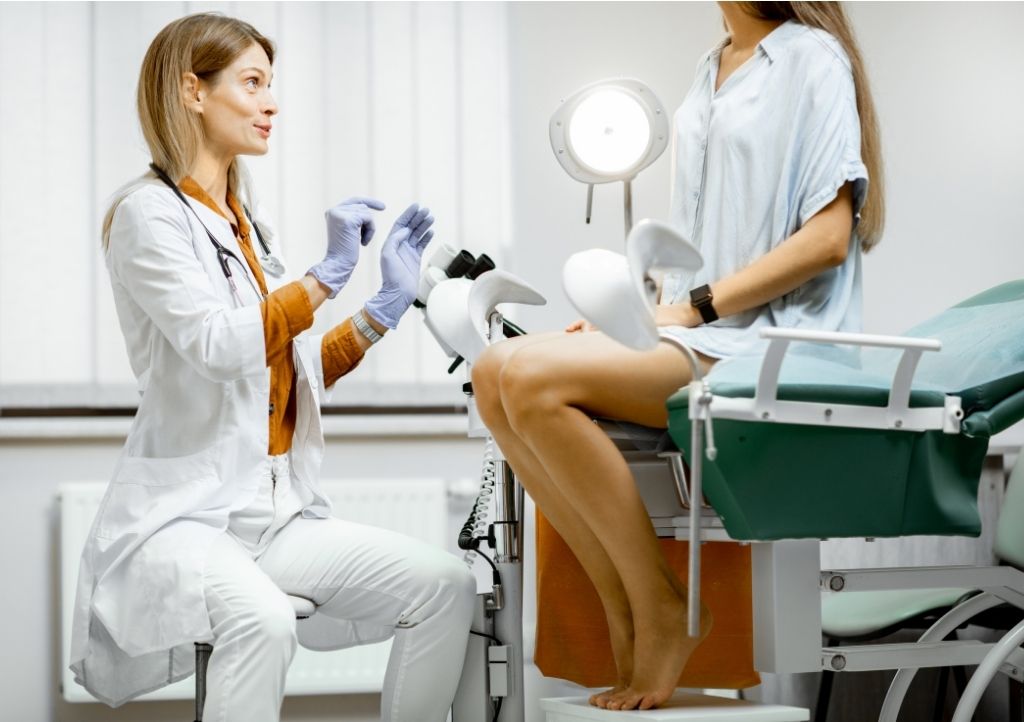Cervical Cancer Awareness Month
More than 14,000 women in the United States are diagnosed with invasive cervical cancer each year
Human papillomavirus (HPV) is the most commonly sexually-transmitted infection in the US and is the cause of almost all cervical cancers in women. Nearly 80 million individuals in the US, most in their teens and early 20s, are infected with HPV. More than 12,000 women in the US are diagnosed with cervical cancer each year—but the disease can be prevented with vaccination.
Get screened
Have you postponed a doctor appointment or cancer screening during the pandemic? Twenty-six percent of all women surveyed did not schedule a cervical cancer screening during the pandemic, and nearly a quarter of women (24%) ages 40 to 60 say it’s been more than 36 months since their last appointment with their OB/GYN. You can change the statistics by getting your appointments back on the books. Early detection saves lives. Two tests help prevent cervical cancer or find it early:
-
- The Pap test (or Pap smear) looks for precancers, which are cell changes on the cervix that might become cervical cancer if they are not treated appropriately.
- The human papillomavirus (HPV) test looks for the virus that can cause these cell changes.

7 Facts About HPV & Cervical Cancer
1.
2.
2 types of HPV cause 70% of all cervical cancers. Almost all cases of #CervicalCancer are caused by Human papillomavius (HPV). Two #HPV types (16 and 18) cause 70% of cervical cancers and pre-cancerous cervical lesions. Cervical cancer can be cured if diagnosed at an early stage and treated promptly!
3.
Vaccination helps prevent HPV. More than 12,000 women get Cervical Cancer every year, but up to 93% of those are preventable. If you missed out on the HPV vaccine, it’s not too late to vaccinate! The HPV vaccination is recommended for all persons through age 26 years.
4.
90% of girls are vaccinated
70% of women are screened
90% of women with cervical disease receive treatment
5.
6.
Urological complications after treatment of cervical cancer
Several urological complications can occur after treatment of cervical cancer. The main urological complications after radical surgery are hypocontractility of the bladder, detrusor overactivity, incontinence, low-compliance bladder, fistula and hydronephrosis.
As a result of improved neuroanatomical knowledge, and consequently nerve-sparing surgery, bladder morbidity has been decreasing. Late radiation-induced urological complications include haemorrhagic cystitis, ureteric stenosis, low-compliance bladder and fistulas.
